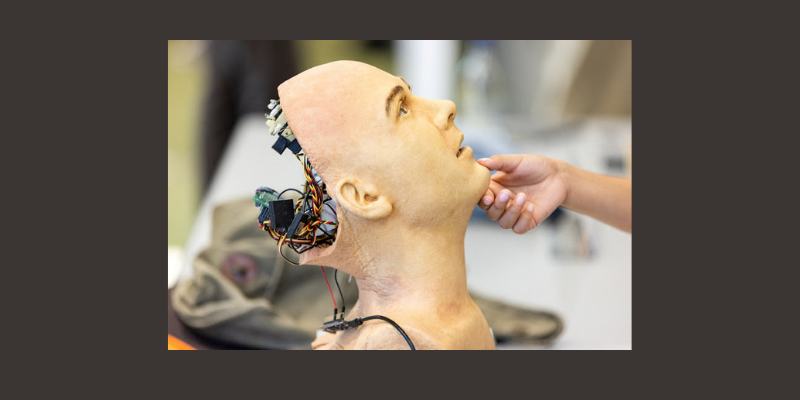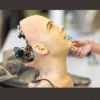Beyond the Hype: A Realistic Look at Today’s Most Advanced Humanoid Robots
The captivating allure of humanoid robots has long permeated our collective imagination, fueled by countless depictions in science fiction. However, the transition from fantastical concepts to tangible, real-world machines is a complex and ongoing journey. While the potential of robots that look like humans to seamlessly integrate into our lives and revolutionize industries remains a powerful driving force, it’s crucial to approach the current state of humanoid development with a discerning eye. The humanoid robot market is indeed on a significant growth trajectory, attracting substantial investment and sparking fervent anticipation. Yet, a realistic assessment necessitates a thorough understanding of not only the groundbreaking advancements but also the considerable technical and practical hurdles that still need to be overcome. This comprehensive guide aims to navigate the landscape of advanced robotics, offering a balanced and insightful perspective on some of the most realistic humanoid robot models currently under development and in early deployment. We will delve into the specific capabilities, inherent limitations, and the nascent real-world applications of key players such as the ambitious Tesla humanoid robot Optimus Gen 2, the dynamically impressive Boston Dynamics’ Atlas, the increasingly accessible Unitree G1 humanoid robot, and the industrially focused Figure AI humanoid, providing a clear picture of where the field stands in 2025.
II. Key Models: A Closer Look
The cutting edge of humanoids is characterized by a diverse range of design philosophies, each tailored towards specific operational goals:
-
Tesla Humanoid Robot Optimus Gen 2: The ambitious undertaking by Elon Musk and Tesla with Optimus Gen 2 signifies a long-term vision for a truly general-purpose ai robot. Building upon their expertise in electric vehicle engineering and sophisticated ai robotics, the second iteration of Optimus showcases notable progress in critical humanoid features. The development of increasingly refined hand dexterity, controlled by advanced ai-powered motion control systems, aims to enable the robot to manipulate a vast array of tools and objects with human-like precision. Furthermore, advancements in humanoid.running and overall bipedal locomotion are crucial for navigating human-centric environments efficiently. Tesla’s ultimate goal for Optimus encompasses a wide spectrum of tasks across various sectors, including ai robotics in manufacturing, logistical support in warehouses, and potentially even providing assistance in domestic settings, tackling duties that are physically demanding, repetitive, or pose safety risks for human workers. The potential for mass production and a more competitive tesla humanoid robot price point due to Tesla’s established manufacturing infrastructure adds a significant dimension to the project’s long-term impact.
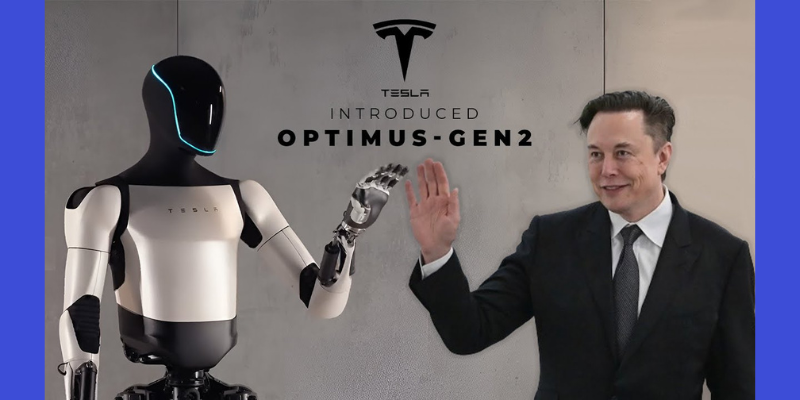
-
Boston Dynamics’ Atlas: Boston Robotics has long held a position at the forefront of dynamic and highly capable robots. Their transition to an all-electric Atlas platform marks a pivotal shift in their approach to humanoid development. While the earlier hydraulic Atlas captivated the world with its remarkable predictive planning capabilities, enabling complex acrobatic feats, the electric version prioritizes enhanced power efficiency, quieter operation, and potentially even more refined and nuanced control over its movements. Equipped with a sophisticated array of depth sensors, Atlas possesses a rich understanding of its surrounding environment, making it well-suited for demanding applications such as navigating complex and unpredictable disaster response scenarios. Moreover, its strength and adaptability are being explored for specific tasks within industrial settings that require a high degree of mobility and manipulation.
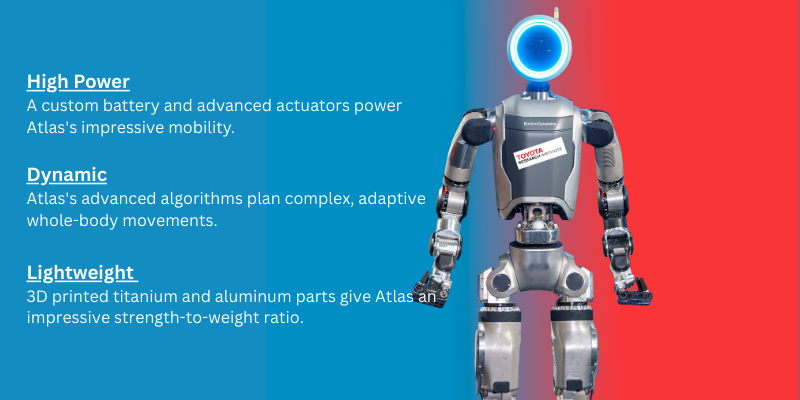
-
Unitree G1 Humanoid Robot: The emergence of the Unitree G1 humanoid robot presents an increasingly compelling option within the humanoid robots market. Standing out for its impressive and steadily improving capabilities coupled with a more accessible price of humanoid robot compared to some of its more research-oriented counterparts, the G1 demonstrates significant strides in areas such as fluid and coordinated movements, including the ability to perform intricate human-like interactions like handshakes. This balance of performance and affordability positions Unitree as a key player in potentially broadening the accessibility of humanoid robot technology for a wider range of practical applications, spanning roles in customer service, performing light industrial tasks, and serving as a versatile platform for further robotics research and development.
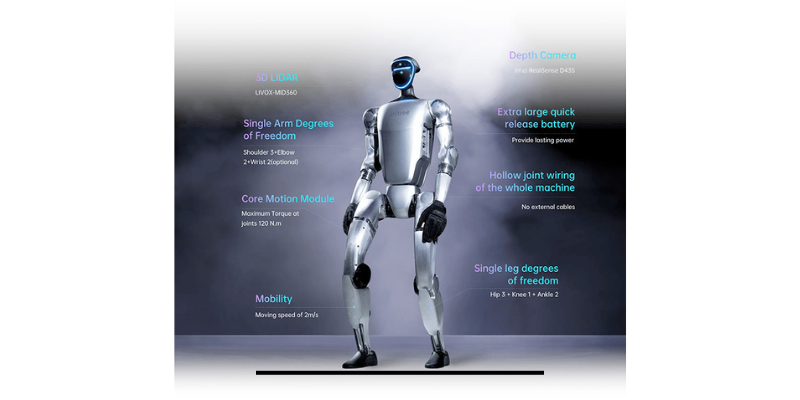
-
Figure 02: With a clear focus on near-term commercial viability, Figure 02 represents a pragmatic approach to humanoid robotics. Designed specifically to address labor shortages and automate tasks in industries like manufacturing, logistics, warehousing, and retail, Figure 02 emphasizes practical functionality and ease of integration into existing workflows. Its development prioritizes robustness, reliability, and the ability to perform repetitive yet essential tasks, marking a significant step towards the widespread adoption of humanoid robots in the commercial sector. The emphasis on autonomy and adaptability in real-world scenarios sets it apart as a model geared for immediate impact.

Figure AI’s Humanoid: The approach taken by Figure AI in the development of their humanoid model underscores a strong emphasis on near-term commercial viability. With a clear focus on addressing critical labor shortages and automating essential tasks within established industries such as manufacturing and logistics, Figure AI is prioritizing the creation of robots that look like humans that can seamlessly integrate into existing human-centric workspaces. Their progress highlights a pragmatic shift towards the widespread deployment of humanoid robots in everyday work environments, emphasizing robustness, reliability, and the ability to perform repetitive yet crucial tasks with a high degree of efficiency. The company’s strategic partnerships and focus on specific industrial applications signal a significant step towards the practical realization of humanoid robots as a valuable workforce solution.
III. Capabilities: What Can They Actually Do?
The increasing sophistication of advanced robotics hinges on the intricate interplay of advanced perception, intelligent processing, and refined actuation. Humanoid robots are equipped with a diverse suite of sensors, including high-resolution cameras for computer vision, lidar and radar for environmental mapping, and tactile sensors in their hands to provide a sense of touch. The vast amounts of data gathered by these sensors are processed in real-time by powerful onboard AI algorithms, enabling the robots to understand their surroundings, recognize objects, and plan their movements. Machine learning is a cornerstone of their capabilities, allowing them to learn new tasks and adapt their behavior based on experience, making them more versatile and less reliant on explicit programming for every scenario. Furthermore, significant progress is being made in natural language processing, enabling more intuitive and natural human-robot interaction through speech recognition and synthesis, as well as the interpretation of human gestures and intentions. The development of increasingly dexterous robot with hands allows them to manipulate a wider range of objects with greater precision, expanding their potential applications across various tasks.
IV. Limitations: The Current Reality
Despite the impressive advancements in humanoid robotics, several fundamental limitations continue to present significant challenges to their widespread adoption. Battery life and overall energy efficiency remain critical bottlenecks, often restricting the continuous operational time of even the most advanced models. The cost associated with the intricate research, complex engineering, and precision manufacturing of these realistic robot platforms remains substantial, posing a significant barrier to entry for many potential businesses and applications. While the dexterity of robotic hands has seen considerable improvement, replicating the full range of motion, fine motor control, and adaptability of the human hand remains a formidable engineering hurdle. Achieving truly seamless and robust mobility and agility in the diverse and often unpredictable conditions of real-world environments continues to be an intensive area of research and development. Furthermore, the onboard processing power required to execute complex AI algorithms for autonomous navigation, intricate manipulation, and real-time decision-making often necessitates powerful and energy-intensive hardware. Ensuring the safety of human-robot interaction, particularly in collaborative workspaces where humans and robots work in close proximity (ai robotics in manufacturing), demands rigorous testing, sophisticated safety protocols, and the development of reliable mechanisms for collision avoidance and safe task execution.
V. Real-World Applications
The transition of humanoid robots from controlled laboratory settings to practical deployment in real-world environments is a crucial indicator of the field’s growing maturity and potential. In the manufacturing sector, companies are actively exploring and piloting the use of humanoid robots for automating complex assembly processes, handling delicate components, and performing repetitive tasks with greater consistency and efficiency than traditional fixed automation systems. The logistics and warehousing industries are increasingly interested in leveraging the mobility and adaptability of humanoid robots for tasks such as order picking, package sorting, and even the challenging “last-mile” delivery of goods. The healthcare field presents numerous potential applications, ranging from assisting nurses with routine patient care tasks and delivering medications within hospitals to providing physical assistance and companionship for the elderly. In customer-facing roles within the hospitality and retail sectors, realistic robot models are being trialed as concierges, information providers, and even for serving customers in food and beverage establishments. Furthermore, the potential for deploying robust and autonomous humanoid robots in hazardous environments, such as disaster response scenarios involving search and rescue operations in unstable or dangerous areas, continues to drive significant research and development efforts.
VI. The Future Outlook
The trajectory of humanoid robots is undeniably upward, fueled by the synergistic convergence of advancements across various technological domains. The humanoid robot market is anticipated to witness substantial and sustained expansion as core technologies like artificial intelligence humanoid robots, advanced materials, and sophisticated engineering continue to mature and become more cost-effective. Key trends that will shape the future include the development of even more intuitive, seamless, and crucially, safer human-robot collaboration, enabling humans and robots to work side-by-side with greater efficiency and trust. The increasing sophistication of AI-driven autonomy will empower humanoids to perform a wider range of complex tasks with minimal human intervention, adapting to dynamic environments and making independent decisions. Breakthroughs in energy storage solutions and more efficient power management systems will be essential for extending the operational lifespan of these robots. Furthermore, the continued progress in imitation learning techniques promises to revolutionize the process of teaching robots new skills by simply mimicking human demonstrations, while the ongoing evolution of generative AI could unlock even more adaptable, creative, and human-like behaviors in these fascinating machines. As these technological horizons continue to expand, humanoid robots are poised to transition from highly specialized tools to increasingly versatile and integral components across a multitude of industries and, potentially, within the fabric of our everyday lives.


